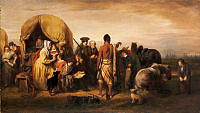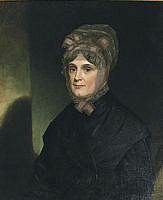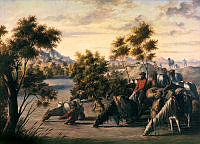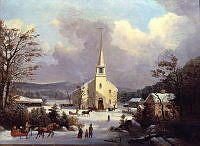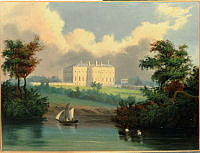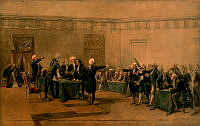The Declaration of Independence of the United States of America, July 4, 1776, White House Collection
This painting of the signing of the Declaration of Independence on July 4, 1776 is by artist Charles-Edouard Armand-Dumaresq. Also in the White House Collection is a sketch that may be a draft by the artist for this work. The painting depicts the delegates actively debating and voting on the Declaration. Armand-Dumaresq was a French painter who visited the United States in the 1870s.

